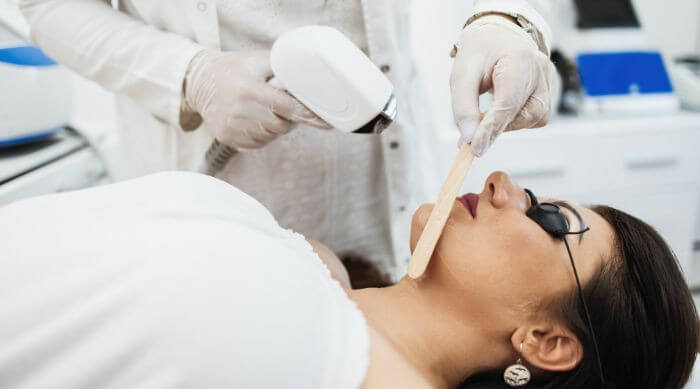
Laser Hair Removal Can Eliminate Ingrown Hairs
Ingrown hairs are a common side effect of hair reduction. Laser hair removal is an effective solution. The reason is pretty simple: If hair can’t grow, ingrown hairs don’t form.
Laser hair removal and IPL treatments both stop hair growth at the source — with the added benefit of saying goodbye to ingrown hairs for good.
Table of Contents
Does laser hair removal work for ingrown hairs?
Other Ways To Remove Ingrown Hairs
How To Know If You Have an Ingrown Hair
What are ingrown hairs?
Ingrown hairs are a fairly common side effect of hair removal that happens when new hairs curve back into the skin instead of growing up and out.
You’re more likely to get ingrown hairs shaving, because you’re slicing the unwanted hair right at the surface of the skin, but it can happen with any hair removal method.
Methods like tweezing or waxing that pull body hair at the root aren’t immune to ingrown hairs. Pulling hair at the root can actually cause inflammation and make it more likely that you’ll see irritation or ingrown hairs at that spot.
Where are ingrown hairs most common? Ingrown hairs are most common in areas of the body with curly hair or coarse hair. That includes the pubic area, underarms, and facial hair.
It can depend some on your own body hair, though. If you have a history of ingrown hairs on your legs, it’s not out of the realm of possibility that your legs are a high-risk area. Your legs see the most action from a razor, too, increasing your ingrown hair risk.
Does laser hair removal work for ingrown hairs?
Laser hair removal does work for ingrown hairs because of the technology behind the method. Laser hair removal treatments use heated light energy to target pigment at the hair follicle in the treated area. That damages the follicle to the point of inhibiting future hair growth.
If hair can’t grow, ingrown hairs can’t form. Outside of electrolysis, laser hair treatments and IPL are as close as you’ll get to permanent hair removal over the course of your treatments.
IPL works similarly to lasers, just with a different heated light source. IPL uses broad-spectrum intense pulsed light rather than a single laser. There’s zero downtime with either treatment, and both do wonders for ingrown hair in affected areas.
They can work for other types of skin irritation, too.
Does laser hair removal stop hair bumps? Laser hair removal can stop hair bumps, or razor bumps, that are a common side effect of shaving. These bumps or rashes may be early signs of ingrown hairs to come or more run-of-the-mill skin irritation post-shaving.
Laser hair removal and IPL can both reduce the amount of errant hairs causing your issues. Unfortunately, they both work best when there’s a contrast between your hair and skin color.
If you have darker skin with dark hair, IPL isn’t recommended. Seek out dermatologists who specialize in lasers with longer wavelengths that hit below the melanin at the skin’s surface.
View this post on Instagram
Other Ways To Remove Ingrown Hairs
The best long-term solution for ingrown hairs is to embrace a hair removal method that inhibits future hair growth.
In the meantime, you can follow these steps for safe ingrown hair removal:
- Quit shaving, waxing, etc. for a hot minute. You’ll need to let the hair grow and break the surface of the skin all on its own.
- Resist the urge to pluck, tweeze, or pick at the affected area. You put yourself at risk for scarring or infection.
- Exfoliate while you wait for the hair to grow, use gentle exfoliants or over-the-counter retinoid creams that reduce dead skin cells that may be clogging your pores.*
- Apply warm compresses to the affected area a few times per day for 10-15 minutes at a time. This will make it easier to snatch those ingrown hairs once they’ve broken the skin.
- If the hair has completely broken the surface, you can finally try to remove it with a sterilized pair of angled tweezers. This shouldn’t require any brute strength.
- Once the hair is gone, apply a little rubbing alcohol or hydrogen peroxide to the area to reduce your infection risk.
*If your skin is super sensitive, finding the right products for your skin can be a delicate balance. You’ll generally want to avoid heavy-duty products if you’re interested in starting a laser or IPL hair removal routine.
Prevention is important, too. Even if you’re all on board to try out laser or IPL to tackle both hair reduction and your ingrown hairs, there are steps you can take to reduce your risk today:
- Adopt a gentler skincare routine. Use warm water and mild cleansers before your hair removal session. Embrace exfoliants like The Revealer that soften and prep your skin.
- If you’re shaving, use a lubricating shave gel. Hair conditioner can work in a pinch, but sensitive skin types (and honestly, all skin types) should never shave dry.
- Shave in the direction hair grows with a sharp razor. Please toss that dull, rusty razor in the bin, thanks.
- Even better, clippers and electric shavers are better for folks with ingrown hairs than regular shaving.
- Apply a warm, wet towel to high-risk areas post-session. Five minutes should be good to sooth irritated skin.
- Embrace aftercare. Cooling gels, moisturizers, and products like The Reviver can do wonders for irritated skin.
How To Know If You Have an Ingrown Hair
If you have any experience with ingrown hairs, you’ll know it when you see it. Those babies make their presence known. If you’re testing out a new method of getting yourself hair-free and notice some fresh, cyst-like lumps and bumps you’re not used to, look for the following:
- Skin irritation or redness where you shaved
- Itchy, painful bumps
- Swollen bumps that resemble blisters or pimples
- Bumps with hair growing out the middle, often in a loop shape
- Discoloration or hyperpigmentation around the affected site
Left untreated, ingrown hairs can fill with pus and cause a nasty skin infection and scarring down the line. If you’re worried about an infection, call your dermatologist. You may need a topical antibiotic to start healing.
Ingrown Hairs In Men vs. Women
Ingrown hairs are just as common in men as in women, but they’re most common in men and women with curly hair. Men and women also experience them in different areas.
Men are more likely to see them on their face when taming beard hair. Women are more likely to see them along the bikini line, which is about as comfortable as it sounds, and in their armpits, which is also as comfortable as it sounds.
Laser hair removal and IPL are just as effective for both men and women, and at-home IPL is a great way to save on the cost of professional treatments.
View this post on Instagram
Get Nood With Us!
You don’t need to live with ingrown hairs. You don’t need to live in fear of them, either. The Flasher 2.0 from Nood won’t just leave your skin smoother than when you started. It’ll help your skin feel better, too.
Use your device anywhere hair grows, especially in those spots prone to ingrown hairs. Love our pitch? Follow us on Instagram.

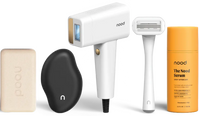


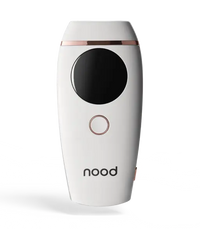
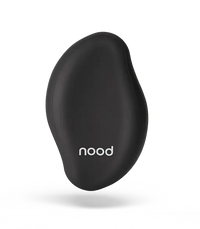
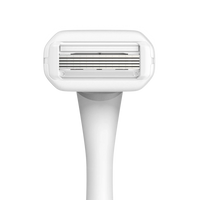
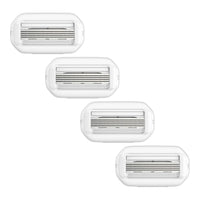
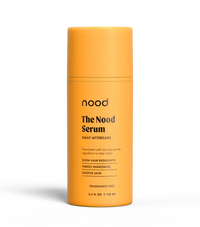
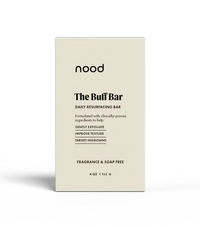
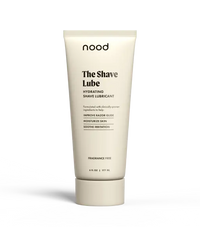


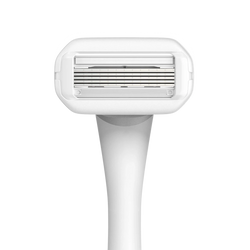
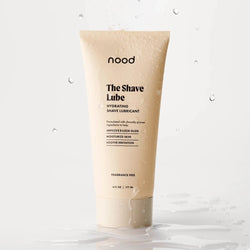

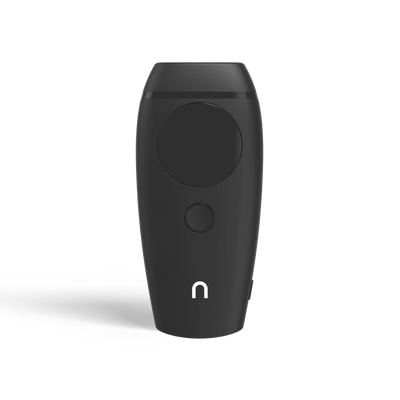
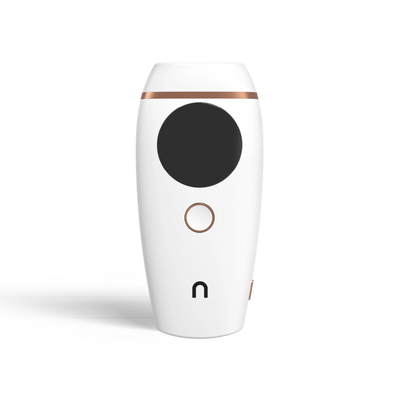

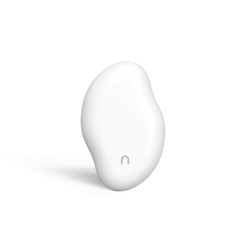
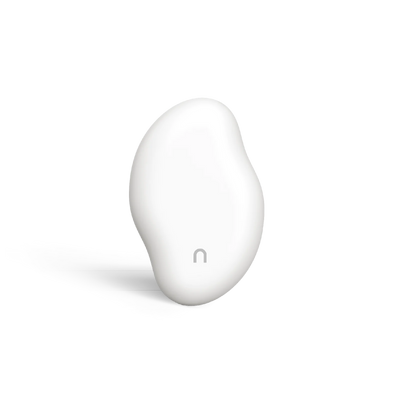
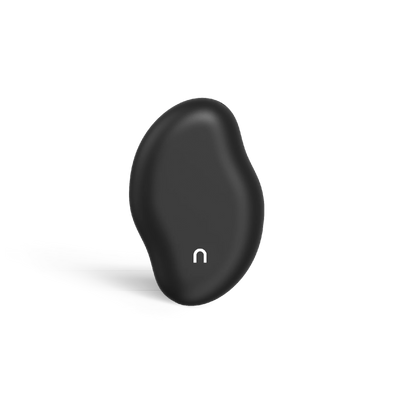

![14 Expert Tips For Laser Hair Removal [Including What NOT To Do!]](https://dropinblog.net/cdn-cgi/image/fit=scale-down,width=700/34248500/files/featured/Tips_For_Laser_Hair_Removal.jpg)
